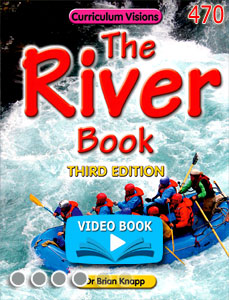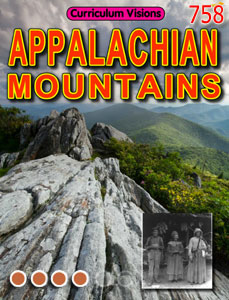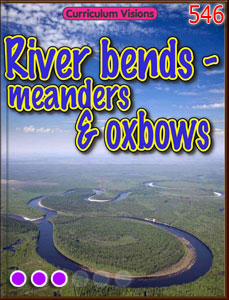Explore these further resources...
(These links take you to other parts of our web site, never to outside locations.)
You can search in these books:








